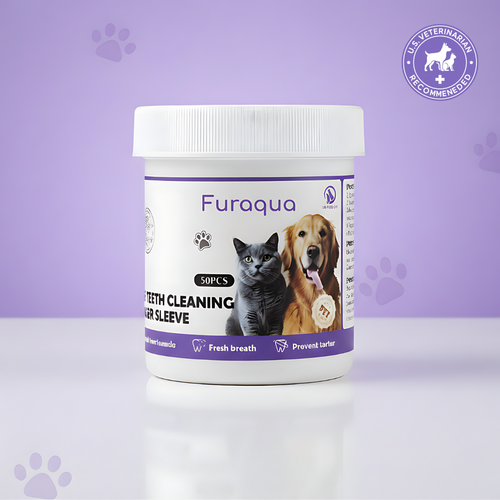Safe and Exciting Water Activities for You and Your Pet

Swimming with Your Pet

✓ Swimming Safety Checklist
- Always supervise pets in or near water
- Use properly fitted life jackets for high-risk breeds
- Never leave pets unattended near pools, lakes, or oceans
- Ensure easy exit points from water
- Rinse off after swimming to remove chlorine, salt, or bacteria
- Check and clean ears after swimming to prevent infections
- Provide fresh drinking water to prevent consuming unsafe lake/ocean water
⚠️ Blue-Green Algae Warning
Blue-green algae (Cyanobacteria) is extremely toxic to pets and can be fatal. It appears as thick, green, paint-like scum on water surfaces—common in warm, stagnant water during summer months. Symptoms of poisoning can appear within minutes to hours and include vomiting, diarrhea, seizures, and liver failure. If you suspect your pet contacted contaminated water, rinse immediately and seek emergency veterinary care. When in doubt, keep pets out of any water with visible algae blooms.
Boating with Your Pet

Kayaking and Canoeing with Your Pet
Paddleboarding with Your Pet


